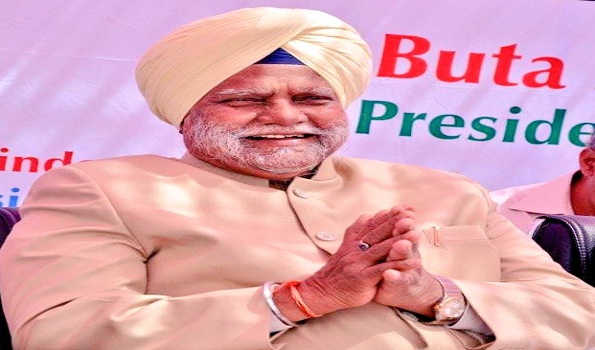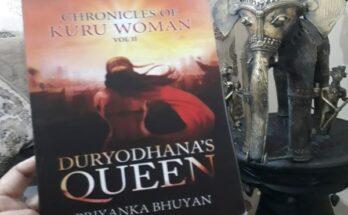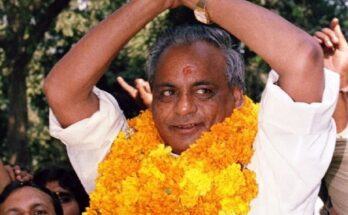
R Krishna Das
Way back in 1989, the Congress party failed to block Shilanyas and Shila Pujan at Ram janmabhoomi temple in Ayodhya for fear of offending Hindu sentiments.
It hoped to limit the damage to its electoral prospects if Shilanyas was allowed, provided that no law was violated and Babri Masjid was protected. The Congress presumed that it could get the votes of both Hindu and Muslim fundamentalists.
On October 13, a unanimous resolution passed by non-BJP parties in the Lok Sabha requested the government to not permit Shilanyas and ask the VHP to “cancel the programme”. This advice went unheeded.
“He (Buta Singh) played a major role in arranging shilanyas of Ram janmabhoomi temple which alienated the Muslims community on the eve of the general election,” writes S S Gill in his memoirs The Dynasty.
Buta Singh, who passed away at 86 on January 2, made his way up the ladder in the Congress as a ‘Yes’ man who would execute anything Indira or Rajiv Gandhi desired.
He also played an important role in the rebuilding of Golden Temple.
Gill wrote that the entire Sikh community was stunned and outraged after Operation Blue Star that damaged the holy and historic Golden Temple in Amritsar. Some sections of the population and the government showed gross insensitivity to this trauma.
The government, in its anxiety to justify its action, mounted a publicity campaign which created the impression that all Sikhs were secessionists. Whereas the civilian Sikhs soldiers, mostly fresh recruits, could not bear this shock and rose in revolt. Particularly tragic was the mutiny at the Sikh Regimental Centre at Ramgarh, Bihar, where Brigadier S.S. Puri, the Commandant, was shot dead by his soldiers.
“I was Secretary, Ministry of Information and Broadcasting when all this happened. On 11 June I took a plane load of Indian and foreign journalists to the Golden Temple. I saw old Sikhs with dishevelled hair clutching chunks of the demolished Akal Takht, and wailing ‘We have lost all; we have become paupers,’” Gill said.
The government decided to rebuild the structure as its sight was provocation to the Sikhs. So, Buta Singh, Minister for Works and Housing, was given the task. As the Sikhs were most averse to cooperating with a government agency, he got hold of a sect leader and started Kar Sewa (service of work). Despite the façade of a contrived Kar Sewa, the structure was actually rebuilt by contractors.
Later it was demolished by the community and reconstruction started with solemn rites by voluntary service of devout Sikhs.
Buta Singh played a crucial role in preventing Giani Zail Singh from taking any rash action against Rajiv as the political rivalry between the two was an open chapter in Indian politics.
Buta Singh turned one of Giani’s most trusted advisers into a mole and worked through him to brainwash the President. He was also instrumental in recommending the dismissal of the Barnala government in Punjab, which greatly intensified the terrorist activity in the state.



